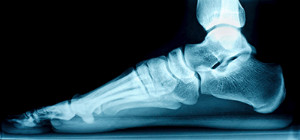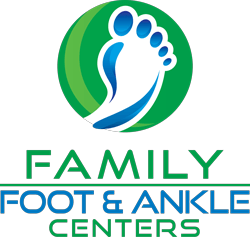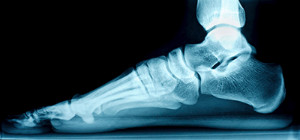Facts About Flat Feet

Flat feet is a fairly common foot condition. The foot appears to be flatter on the sole than it should be, as a result of a dropped arch. Many people experience discomfort from having flat feet, and other areas of the body may become affected. The majority of babies are born with flat feet, and the arch generally develops in the teenage years. This may occur in some adults, which may be for genetic reasons. Additionally, existing medical conditions may lead to developing flat feet. These can include obesity, diabetes, high blood pressure, and certain types of arthritis. It is beneficial for adults who have flat feet to rest after exercising, and it may help to wear custom made orthotics that can mimic the arch of the foot. There may be specific stretches to perform that may help the achiness of having flat feet. If you have this condition, it is suggested that you confer with a podiatrist who can help you with possible remedies for this ailment.
Flatfoot is a condition many people suffer from. If you have flat feet, contact one of our podiatrists from Family Foot & Ankle Centers. Our doctors will treat your foot and ankle needs.
What Are Flat Feet?
Flatfoot is a condition in which the arch of the foot is depressed and the sole of the foot is almost completely in contact with the ground. About 20-30% of the population generally has flat feet because their arches never formed during growth.
Conditions & Problems:
Having flat feet makes it difficult to run or walk because of the stress placed on the ankles.
Alignment – The general alignment of your legs can be disrupted, because the ankles move inward which can cause major discomfort.
Knees – If you have complications with your knees, flat feet can be a contributor to arthritis in that area.
Symptoms
- Pain around the heel or arch area
- Trouble standing on the tip toe
- Swelling around the inside of the ankle
- Flat look to one or both feet
- Having your shoes feel uneven when worn
Treatment
If you are experiencing pain and stress on the foot you may weaken the posterior tibial tendon, which runs around the inside of the ankle.
If you have any questions please feel free to contact one of our offices located in Corsicana, Ennis, and Waxahachie, TX . We offer the newest diagnostic and treatment technologies for all your foot and ankle needs.
The information provided in this article is not meant to be medical advice and is for educational purposes only. If you would like to learn more about topics related to podiatry, feel free to contact Family Foot & Ankle Centers by clicking here or calling 972-597-4132 to reach our Waxahachie office, 903-872-9910 to reach our Corsicana office, or 972-875-3668 to reach our Ennis office.



